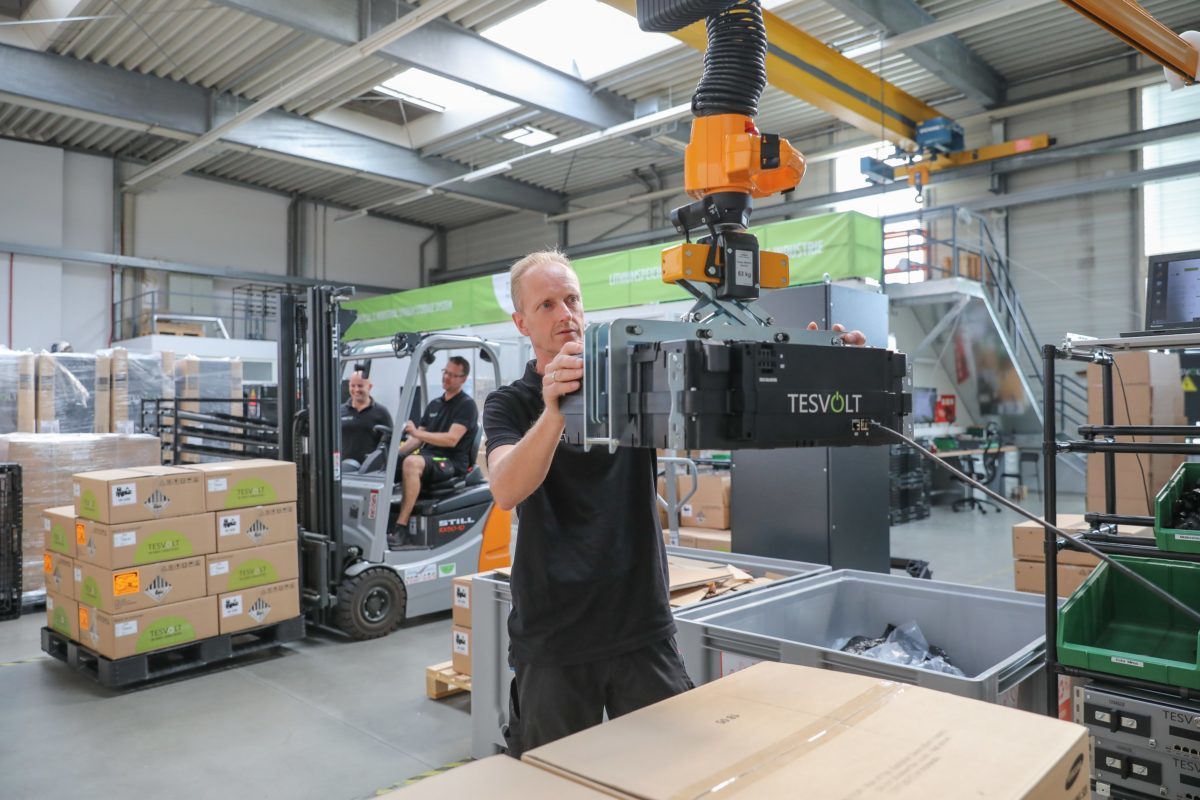Grid-tied energy storage applications and electric vehicles are riding on a wave of substantial growth. Hence, lithium-ion batteries, a key item for such products, have to be produced at a similarly growing rate. Compared to 2019 production levels, the global production capacity pipeline will skyrocket fourfold, reaching 1.3 terawatt-hours (TWh) in 2030.
Research firm Wood Mackenzie has compiled production capacity plans over the next decade from 50 vendors, for which the analysts counted 119 battery manufacturing sites.
Asia Pacific is likely to retain its leading position in the battery business with manufacturers CATL, LG Chem, BYD and SK Innovation leading the global pack. The region currently accounts for about 80% of global manufacturing capacity, and this will only change marginally over the next 10 years, according to the report.
“Within Asia Pacific, China dominates the pipeline capacity and is expected to double its capacity from 345 gigawatt-hour (GWh) in 2020 to more than 800 GWh by 2030,” says Wood Mackenzie senior analyst Mitalee Gupta. “In addition to local vendors’ rapid expansion in China, foreign manufacturers such as LG Chem, Samsung SDI and SK Innovation have also been adding new lines after they became eligible for subsidies from the Chinese government in 2019.”
Europe, which looks to assert a significant global role in the battery business, will continue to play catch-up over the next year. Wood MacKenzie did recognize that large manufacturing capacity will come from Northvolt. The Swedish manufacturer will develop gigafactories in Sweden and Germany and already has some operative manufacturing capacity in Poland. Additionally, Automotive Cell Company (ACC), a new joint venture between French Saft and PSA Group, will comprise a significant part of the European lithium-ion cell manufacturing capacity.
Currently, Europe comprises about 7% of global lithium-ion cell production, though the figure will likely increase to 25% over the next ten years, according to the analysts. The increase is not only a result of the ramp-up by Northvolt and ACC, but comes as a result of Asia-based manufacturers setting up significant production capacities in mainland Europe. CATL, for example, announced it was opening a gigafactory in Erfurt, Germany. LG chem, meanwhile, announced the establishment of a plant in Wroclaw, Poland, and Samsung SDI has opened a production facility in Goed, Hungary.
North America’s battery production capacity will remain somewhat similar to current levels over the next decade the analysts assert, with Tesla’s gigafactory in Nevada maintaining its central role.
In terms of battery technologies, Wood Mackenzie notes that manufacturers usually don’t specify which technologies they will be producing at the planned production facilities. This is often due to rapidly advancing technologies. Nonetheless, the analysts expect NMC batteries to maintain their mainstream position throughout the next decade, closely followed by LFP cathode compositions.
This content is protected by copyright and may not be reused. If you want to cooperate with us and would like to reuse some of our content, please contact: editors@pv-magazine.com.









•Batteries for Vehicles maybe OK… if not “trampled” by CAV’s. (see below)
• Batteries for the Grid…. the same….
• CAES at an Annual Capital Cost of $0.02-0.03/KWhr “Solar Storage Charge” (SSC)…. excluding Energy Conversion Losses… should be feasible.
• A 5MW/50MWhr/4MW Overnight CAES System (5MW/10hrs Charging… 50MWhr Overnite Storage….4MW/12-14hrs Discharge) should easily meet a $5-6Million Targeted Cost …..[50MWhrX365days/yrX15YearsX $0.02/KWhrSSC = $5.45Million; @$0.03/KWhrSSC = $8.2Million].
•As Life of CAES can easily be 30+ years… a longer Payback is justified and can further reduce Storage Charges…. and/or
provide extra elbow room for higher Capital Costs….
•In the above case, with a 30year payback period, Interest Rate of @4%/annum, $0.02/KWhrSSC, generates $30,000/month of Electricity (50,000KWhr X 30days X $0.02/KWhr = $30,000). This can support a Mortgage of $6+Million…
… or $9.5 Million @$.03/KWhr SSC.
• In any case, Energy Storage becomes ESSENTIAL once the phasing out of the “traditional” Fossil/Nuclear Plants are unable to support the “Sunset to Sunrise” Load Demand. Till then, building up the Solar System first is needed.
• Compared to Battery EV’s, CAV’s are
* Less Efficient (excluding Air Conditioning) and cost ~$100 -200/yr more to “Charge”.. With Air Conditioning even less difference.
* Can be recharged with CA in minutes as compated to “hours” for Batteries.
* 40-60% Cheaper than Battery EV’s
* Overall more Cost Effective too
* NO Additional Battery Replacement $5-10,000 during life of Vehicle.
* NO TOXIC WASTE & SUPPORTS THE ZERO POLLUTION WORLD.
* NO WASTE LEGACIES of NUCLEAR PLANTS.
• It is apparent the future of Clean and Sustainable Solar Energy Storage & Vehicles is in using Air…. NOT BATTERIES…